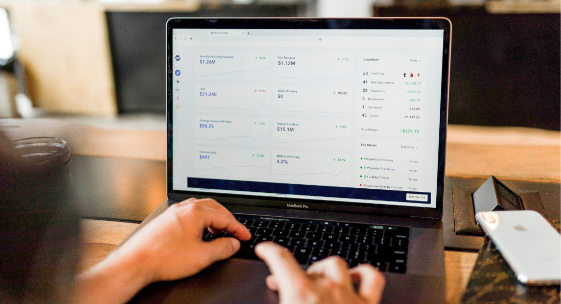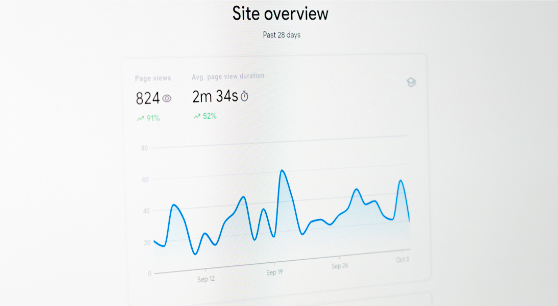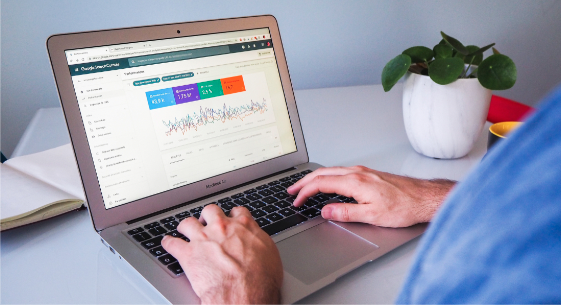Smart Bidding in Google Ads: A Tried and Tested Method
Voila! You’ve now set up a Smart Bidding campaign in Google Ads. All that’s left to do is wait for conversions (sales, leads, etc.) to roll in.
But before you sit back and relax, there are a few more things we need to cover. We have a tried and tested method for making the most of Smart Bidding, and we’re sharing it with you now.
First, a disclaimer: The following tips are based on our experience and what has worked well for us in the past. Your mileage may vary. Second, these tips are not an exhaustive list – they’re meant to be a starting point. As with anything related to PPC, experimentation is key. The only way to know what works best for your business is to test different methods and see what gets you the best results.
Now, without further ado, here are our top tips for getting the most out of Smart Bidding.
Start with Manual Bidding
If you’re new to Smart Bidding, we recommend starting with manual Bidding. This will give you a better understanding of how the process works and allow you to see how it affects your campaign performance.
Begin optimizing the campaign yourself and only hand over the reins to Google once you’re comfortable with how things work. You can review your campaign data and make bid adjustments based on how your bid is performing. Also, it never hurts to examine your keywords. Adding negative keywords can help you weed out irrelevant traffic and save money, while adding new relevant keywords can help you reach a wider audience.
Move on to Maximize Clicks
Once you’re comfortable with manual bidding, you can move on to the Maximize Clicks bidding strategy. This is a good option if your primary goal is to generate as much traffic as possible. However, remember that this strategy will consume more of your budget. Still, this initial step will allow you to start feeding data to Google so it can begin collecting historical conversion data.
Moving to maximize clicks will also open you up to new campaign types— like Google Performance Max and Discovery. Unfortunately, they cannot function within the scope of manual Bidding, so this is a necessary step if you want to explore these options.
As soon as you find your campaign generating good traffic with a healthy ROI, you can move on to the next phase—testing Smart Bidding strategies. As with anything, start experimenting with Smart Bidding slowly. Test one strategy at a time on a portion of your traffic to see how it impacts your campaign before making a decision.
We recommend assigning 50% of your budget to your manual campaign, and 50% to your Smart Bidding campaign. This allows you to scientifically test how Smart Bidding affects your movement without fully committing to the new strategy. Then, if it performs well, you can increase your budget accordingly. If not, you can lower it or pull the plug entirely without jeopardizing your entire campaign.
Congrats! You’re now on your way to success with Smart Bidding in Google Ads. Remember to start slow, test different strategies, and observe your results. With a little effort, you’ll be an expert in no time.
Tips and Best Practices for Google Ads Smart Bidding
A few things to keep in mind when using Smart Bidding will help you get the most out of the process.
First, set clear goals for your campaign. What do you want? More traffic? Better ROI? Once you know what you want, you can select the right bidding strategy.
Second, don’t forget to bid on the right keywords. This seems like a no-brainer, but getting caught up in the bidding process and forgetting about the keywords that started it all is easy. Make sure they’re still relevant, and you’re not overspending on irrelevant traffic.
Third, keep an eye on your Quality Score. A good Quality Score will help you get more bang for your buck, so it’s essential to keep track of how yours is doing. Not only that, but a high Quality Score means Google trusts you, leading to lower CPCs and better ad positions.
Finally, don’t be afraid to adjust your bids. Setting a bid doesn’t mean you’re stuck with it forever. Make a change if your CPCs are too high or your ad position is slipping. The same goes for your budget— if you need to, adjust it accordingly.
The Conclusion
Smart Bidding is a powerful tool, but like all things, it takes some time to master. You must put your best foot forward by setting clear goals, bidding on relevant keywords, and monitoring your progress along the way. With a little effort, you’ll be an expert in no time.
Still have questions? Adcore’s team of Google Ads experts would be happy to help. We thrive on complex challenges and have a proven track record of success.
Adcore provides various solutions for outstanding digital marketing through our vision of ‘Effortless Marketing.’ We take a data-driven approach to marketing and use the latest technology to deliver the results that matter.


